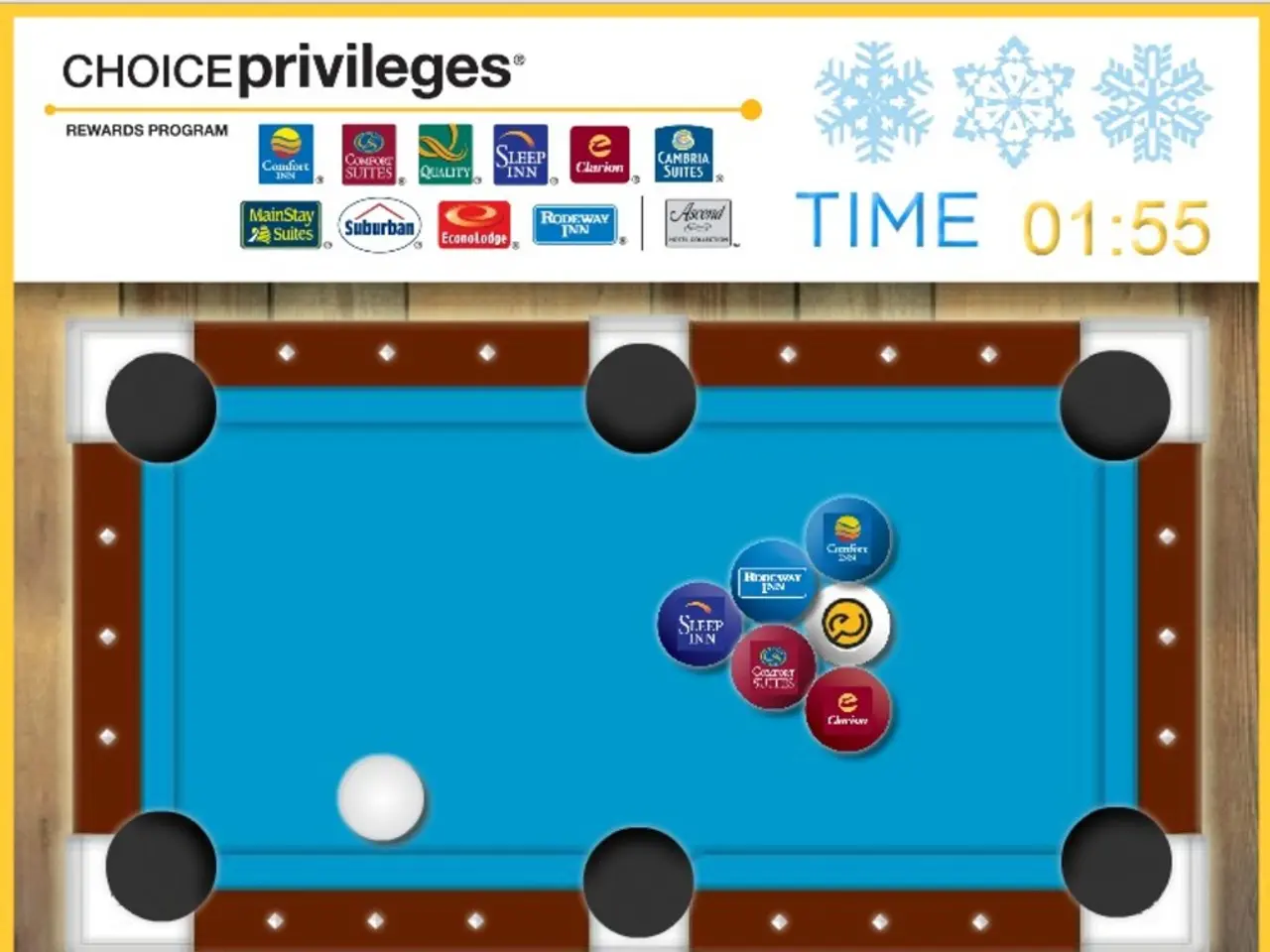Revealing Blasts from the Past: Exploring the Timeless Fame of gaming's legendary Cheat Codes
In the early days of gaming, developers began embedding secret button sequences, known as cheat codes, to unlock extra lives, power-ups, or hidden features. One of the most iconic cheat codes was the Konami Code, which became a pop culture phenomenon and appeared in countless games, TV shows, and websites.
Originating in the NES game Gradius as a debugging tool, the Konami Code (Up, Up, Down, Down, Left, Right, Left, Right, B, A) granted 30 extra lives and gained widespread fame with the release of Contra. As internet use expanded in the 1990s, devices like the Game Genie (celebrating its 35th anniversary in 2025) revolutionized cheating by allowing players to temporarily alter game code, making retro games easier or enabling impossible feats.
The Game Genie and similar devices, such as Action Replay and GameShark, worked by changing a game’s memory values at runtime, unlocking cheats, saving states, and even bypassing region locks on consoles. These tools were highly popular during the era of cartridge and early CD-based consoles.
As technology advanced, video game modding became popular, starting with games like Doom (1993), where fans created new levels, gameplay changes, and even complete conversions, often freely distributed online. Unlike the earlier cheat devices that temporarily changed memory values, mods modify game files and assets, sometimes with developer support.
Mods offer unprecedented control over gaming experiences, creating new gameplay experiences or cosmetic changes, such as custom skins or characters. Some mods have even evolved into standalone games.
Over time, cheats evolved into software-based trainers and client-side mods that patch game memory dynamically to remove fog-of-war, expand camera zoom, or multiply damage, common in online RPGs like Destiny 2, Diablo IV, and Guild Wars 2. These cheats are detected using real-time integrity scans and telemetry, and they carry risks of bans.
In summary, the evolution of cheat codes can be traced as follows:
| Stage | Description | Example/Impact | |-------------------------|--------------------------------------------------|--------------------------------------| | Traditional Cheat Codes | Button sequences unlocking extra lives or powers | Konami Code, Mortal Kombat blood code[1] | | Hardware Cheat Devices | Cartridge or peripheral devices altering game code at runtime | Game Genie, GameShark, Action Replay[1][3] | | Modding | Fan-made changes to game files and content | Doom mods, user skins, new levels[2] | | Trainers & Client-side Mods | Software patching game memory/behavior dynamically | Cheat engines for Destiny 2, Diablo IV[4] |
While traditional codes and devices offered simple cheats mostly for single-player fun or accessibility, modern mods and trainers allow extensive alteration of gameplay, aesthetics, and even online play, often prompting robust anti-cheat responses.
The shift from hardware devices to software mods and trainers reflects broader technological advances like internet distribution, modern game engines, and the complexity of online games, changing the impact of cheats from lighthearted easter eggs to significant issues of fairness and security in gaming communities.
The Sims, a life simulation game, embraced cheat codes as a way to empower players, with two iconic cheats being Rosebud (instantly grants 1,000 Simoleons) and Motherlode (grants 50,000 Simoleons). Creative uses of cheat codes in gaming history include the "HESOYAM" code in Grand Theft Auto: San Andreas and the "MOONPHYSICS" code in Tony Hawk's Pro Skater 2.
In modern games like Grand Theft Auto V, cheat codes still enhance the game's sandbox experience, with the invincibility code (Xbox One: Right, A, Right, Left, Left, Right, RB, Right, Left, A, Y) providing temporary invincibility for five minutes, reactivatable indefinitely.
- Advancements in technology have led to the rise of software-based trainers and client-side mods in gaming, granting players the ability to manipulate game memory and behavior dynamically, such as removing fog-of-war or multiplying damage in games like Destiny 2, Diablo IV, and Guild Wars 2, possibly prompting anti-cheat responses and risks of bans.
- Modifying game files and assets offers unprecedented control over gaming experiences, creating new gameplay opportunities, cosmetic changes like custom skins or characters, and even complete conversions, seen in games like Doom, which revolutionized video game modding in the 1990s.
- In the future of entertainment and gaming, AI-driven technologies could potentially transform the way we interact with games, offering immersive experiences that tailor gameplay to individual preferences, allowing for an AI-powered version of the iconic Konami Code or even creating entirely new cheat code possibilities.





